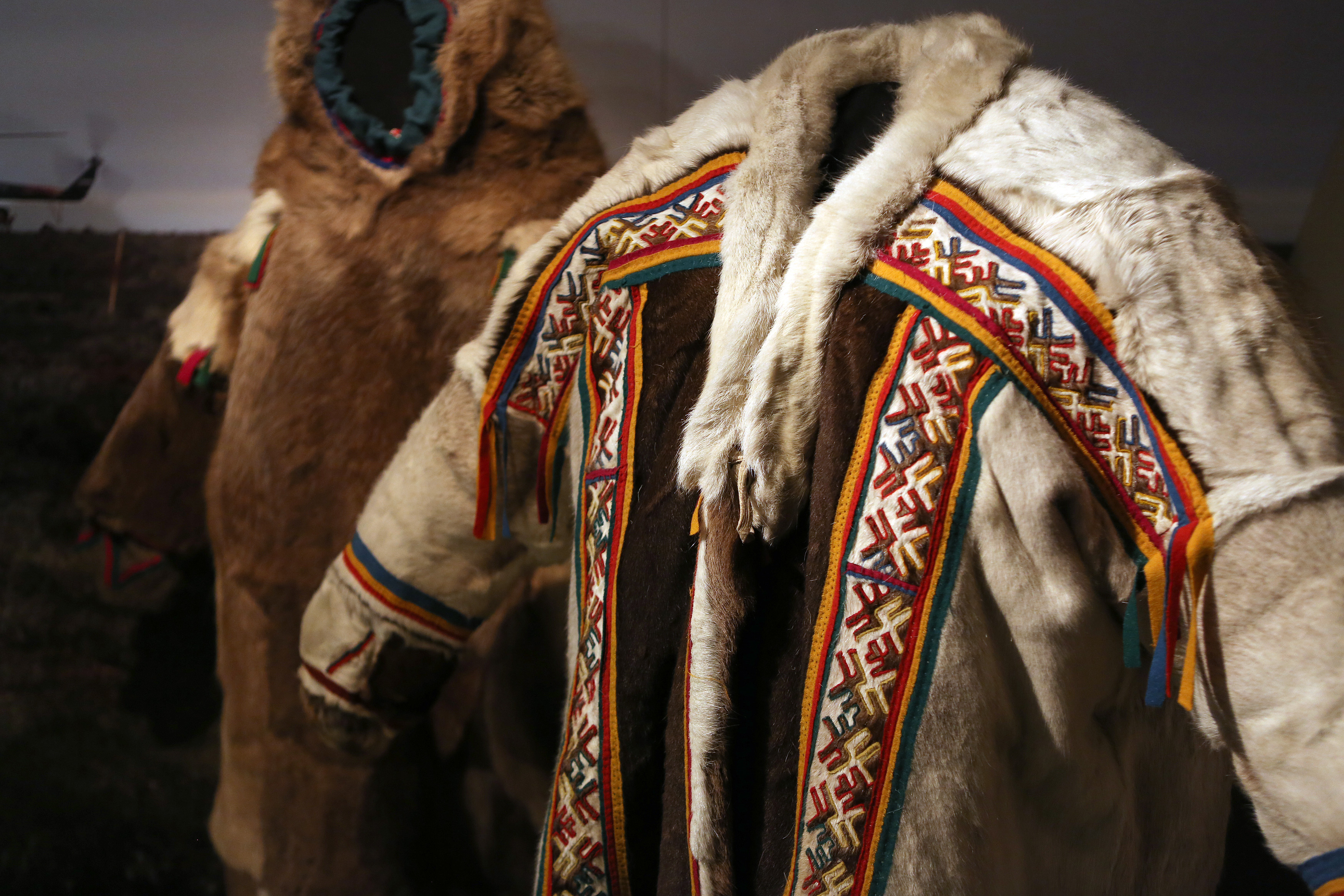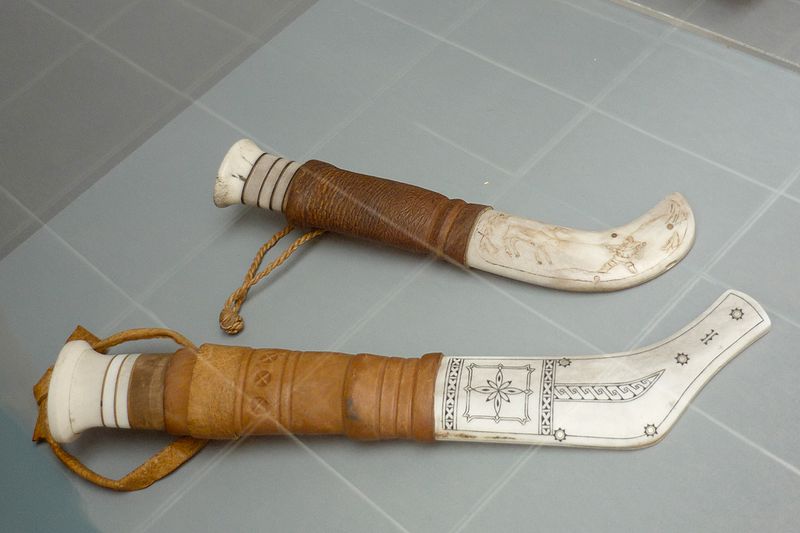Reindeer are an integral part of life in the far north. The cultures there rely on the animals for transport, food and skins.
Reindeer are the only animal suited to the cold that can provide the people living in the arctic regions with animal protein. They are raised for venison but almost all parts of the animals are used. The skin is an obvious, valuable and extremely useful product. The skins are used for clothing, rugs and numerous other everyday items. Reindeer are used as draft animals – transporting both people and freight from A to B.
Many of the people of the far north are nomadic. Families or groups migrate large distances to access seasonal pastures. Their reindeer graze and grow and then move on and the people who own them travel with them. Their possessions are on sleighs or directly on the backs of the reindeer. This blog will highlight some of the many arctic cultures and people, and discuss how these people live and especially how they care for, work with and use reindeer.


Nenets herders of Russia travel up to 1000km seasonally to survive the challenges of life so far north. The Nenets form the largest group of people in Northern Russia totalling around 40,000 people, with some 700,000 reindeer. The Nenets eat reindeer meat and use the skin of the reindeer as clothing.

The Chukchi people of Eastern Russia trade reindeer meat and skins with coastal people who provide whale fat and seal skins. The Chukchi people make their tents out of reindeer skins.
The Evenki people in China live with small numbers of reindeer who are milked and used for transport. The reindeer are highly prized and not slaughtered for meat. The antlers are taken and used in traditional Chinese Medicine.
Sami people are the indigenous people of Scandinavia and today live in the far northern areas of Norway, Sweden and Finland. Currently around 3000 people in this area are involved full time in nomadic reindeer herding. The Sami culture is famous for its connection to reindeer. The Sami people produce wonderful crafts and engravings often using reindeer antlers and skins.

Reindeer herding is big business in the Arctic regions and without reindeer the survival of the people and their cultures would be in question. The Cairngorm Reindeer herd was of course established by a Sami reindeer herder. Mikel Utsi came from Swedish Lapland and brought his herding, reindeer husbandry skills and Sami culture with him to Scotland. These skills and culture continue and live on through us and our herding here in the Cairngorm National Park.


Dave
